If you’re part of the eCommerce space, you may have heard that Walmart has recently launched the Walmart Brand Portal—an outright duplicate in many ways to Amazon’s Brand Registry.

Now while we don’t think Walmart is about to knock out the eCommerce king, they are doing a pretty good job of contending with them, especially with the launch of their new brand dashboard. Like we were, you might be wondering what the differences are between each platform and we’re here to help break that down for you.
HOME SCREEN
Right off the bat, this is the main area you’ll notice a significant difference between Amazon Brand Registry and the Walmart Brand Portal. Walmart’s Portal wins the “best dressed” award here —users immediately start at a visually clean and user-friendly dashboard. This dashboard lets you see your claims upfront (for Amazon you have to go through and select the submission history page). Put side by side—Amazon’s Registry leaves a lot to be desired and is closer to an early 2000s blog interface than a modern dashboard.
Walmart Brand Portal

Amazon Brand Portal
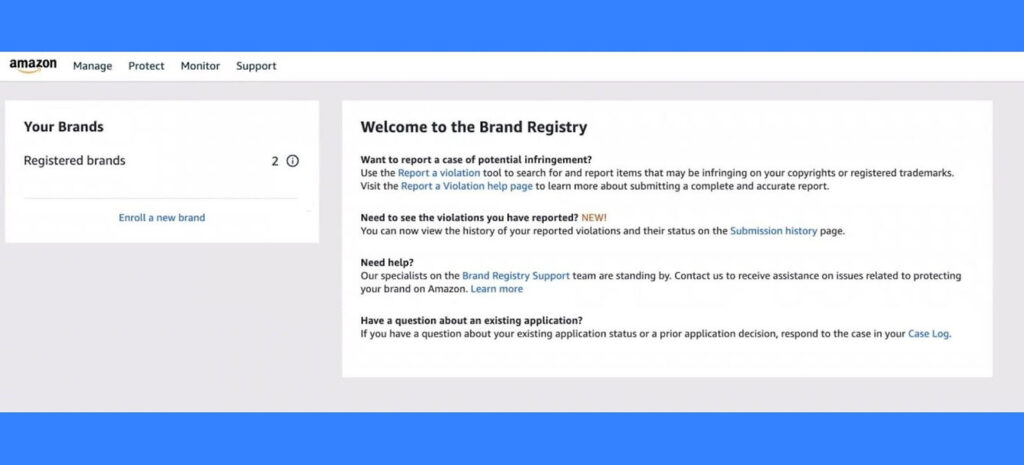
Organization
As far as organizational breakdown goes, the Walmart Brand Portal offers a simplified experience compared to Brand Registry, down to the user menu and categories offered. Brand Registry is broken up into:
- Manage—has options for brand applications, enrolling a brand, and managing trademarks
- Protect—this is where you can select “Report a Violation”
- Monitor—users can find their violation submission history here
- Support—get IT help and keep track of claim history under this tab

Brand Portal has
- My Dashboard— a holistic overview of claims, brands, and user summary
- My Claims—an in-depth record of claims status’ (instead of claims, Amazon calls these violations)
- My Brands—a list of all the brands you monitor

A callout here that My Claims for Walmart is called Submission History on Amazon (and more hidden under the category of Monitor). As an important aspect of each, we’ve dropped visual comparisons of both below—we really like Brand Portal’s ability to easily click and pull up claim details.
My Claims
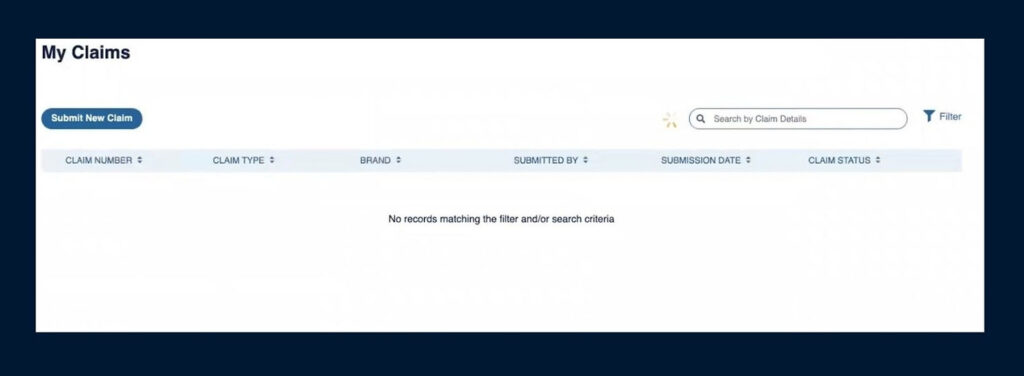
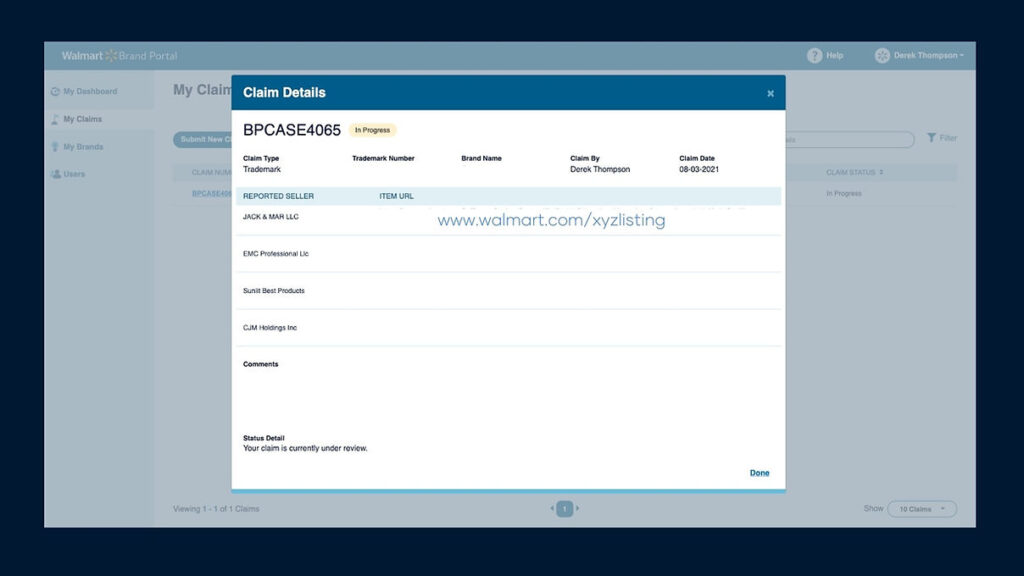
Submission History
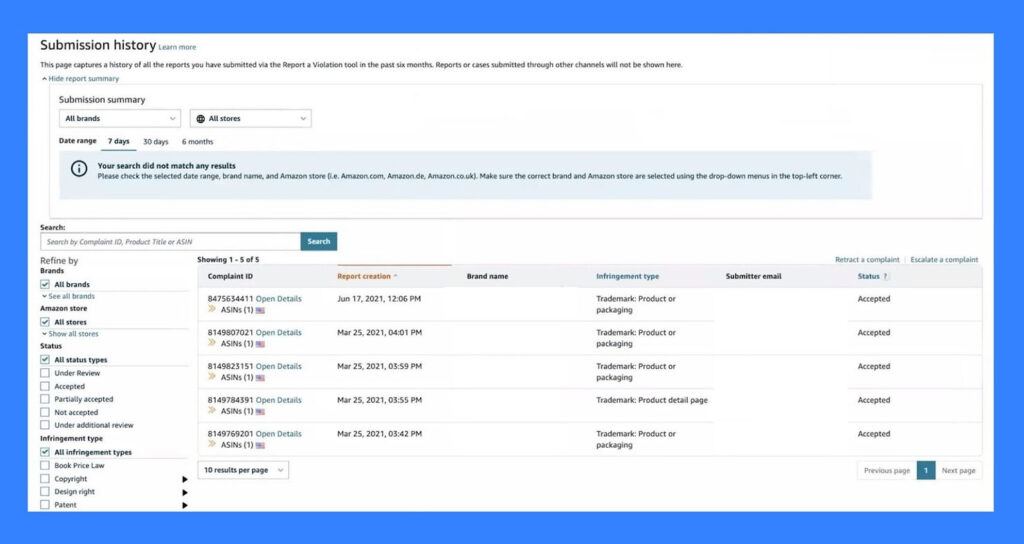
REPORTING
Main Form
Like most areas compared between the sites, there is a lot of overlap. Choosing the item and seller is a standard part of both forms; however key differences to note:
- Vernacular: Brand Registry calls this action Report a Violation while Brand Portal calls it New Claim.
- Walmart’s reporting form feels easier and they separate trademark and counterfeit claim selections at the beginning. (which Amazon doesn’t do on the first part of their violation page, but then they break it down with more selection options later).
- Amazon requires you to list out the brand, order #, product URLs, or ASINS of all products you want to report through a catalog search page before moving on to the reporting form. Walmart lets users just drop URL links into the claim form which is a less complicated process (and then they generate a catalog to choose from after).
- Amazon requires proof of a test buy to submit a violation, while Walmart right now is not. Regardless, test buying is a way to prove that products have been illegally broken up for resale or bundled in a way that you, the brand, do not permit.
- Walmart has far more extensive terms of use boxes that must be acknowledged before users are able to complete a claim submission—this includes agreeing that they can terminate your account if you abuse the tool.
Report a Violation

File A Claim
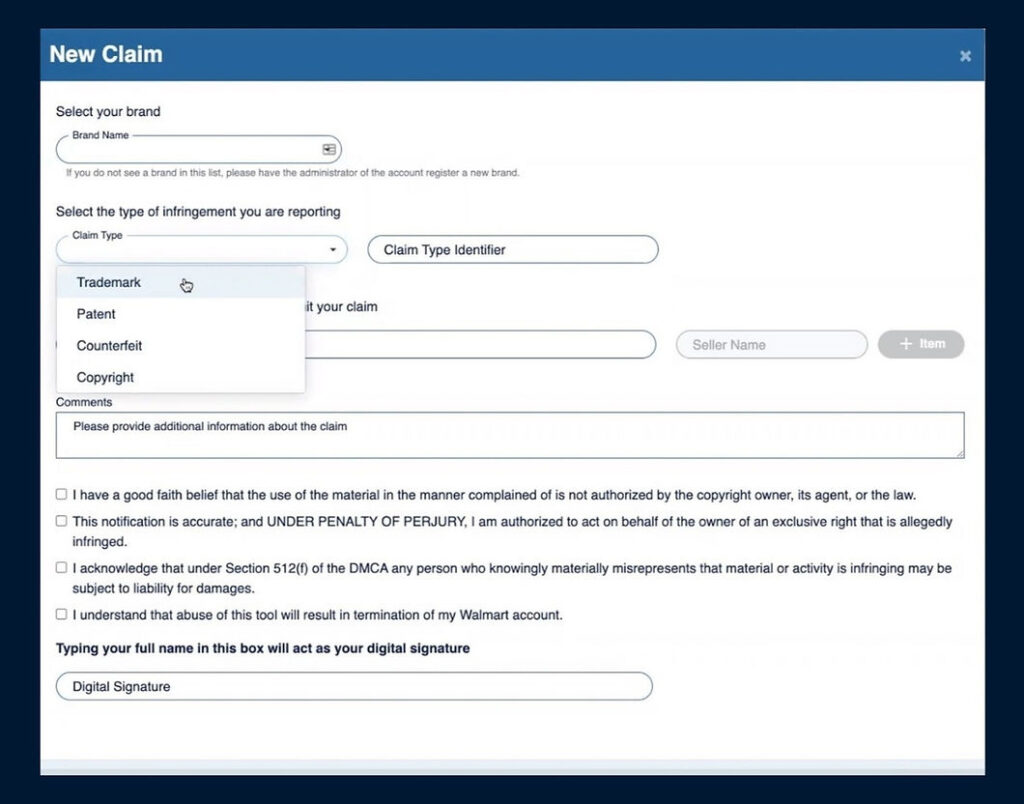
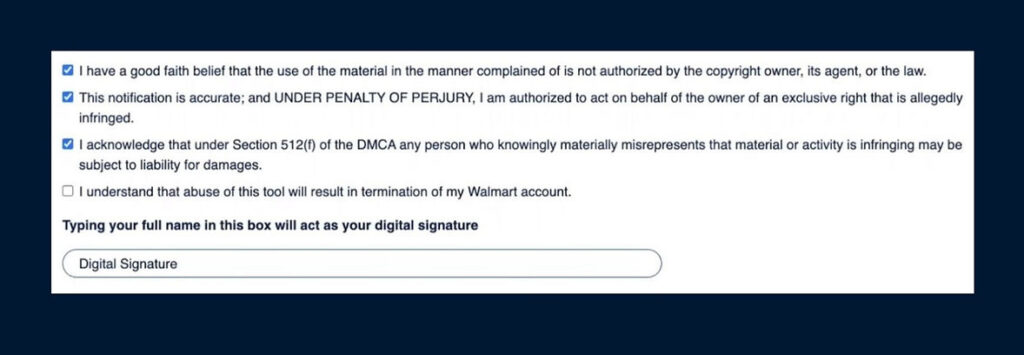
Claim or Violation Subcategories
This is the area that Brand Registry really shines. Both the catalog portion of Amazon’s tool, and the many subcategories available on their different violation forms, make them a far more detailed filing process. A catalog search alone can find and help eliminate duplicate listings that have been hidden under other product type categories.
Amazon Catalog Search Tool
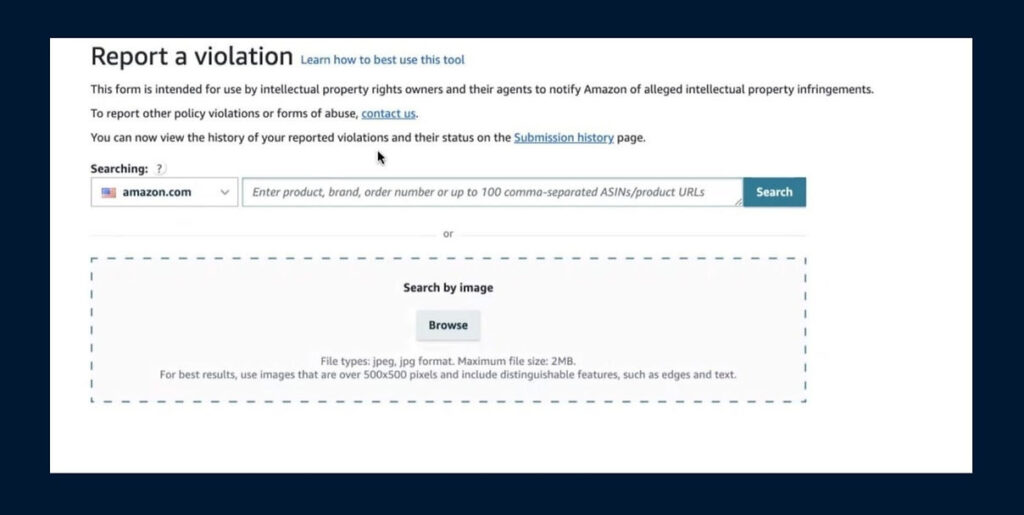

Other differentiators to be aware of:
- As of right now, Brand Portal does not appear to offer control over a listing’s content outside of copyright. While Amazon has a separate interface (Seller Central) to manage content, they do allow users to report on content that should be removed through Brand Registry.
Brand Registry Content Reporting Option

Brand Portal Copyright Reporting Option

- Reporting on patents is more simple in Walmart’s dashboard – you must have patent and patent numbers—while Brand Registry has the sub-selection of utility or design patent violations.
Brand Portal Patent Form

Brand Registry Patent Form

SUPPORT
An important aspect of any tool is the assistance provided by the company when problems or malfunctions arise. Both Amazon and Walmart have a brand support and help center tab with FAQ pages and helpful articles. While Walmart clearly took a page out of Amazon’s book here, they aren’t the winner in this area—Brand Registry takes it a step further by providing a case log of support while Walmart only provides a Contact Us form that disappears out into the interwebs with no log to trace.
Brand Registry Case Log

Brand Portal Contact Us
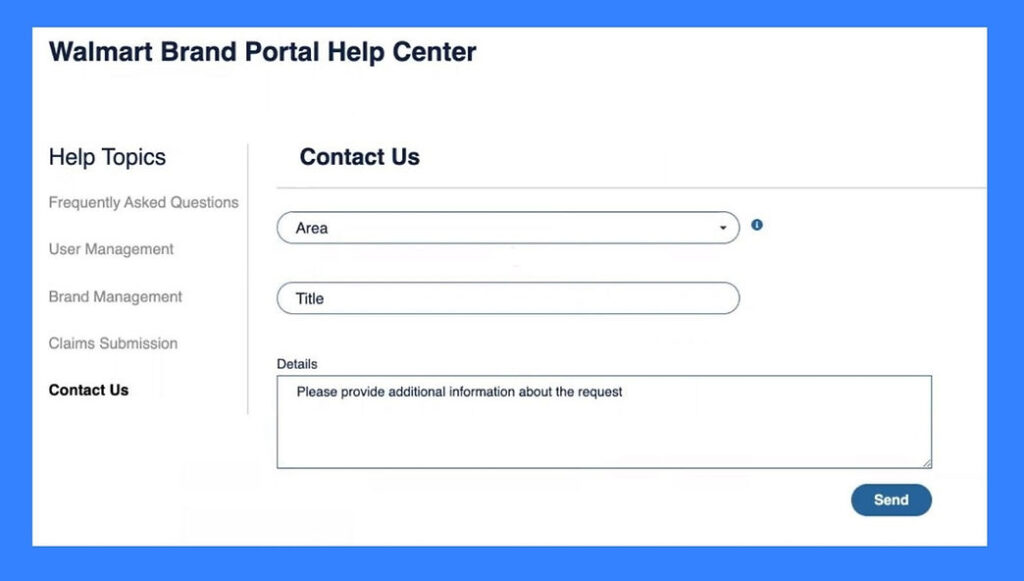
OUR TAKE
Overall it is apparent Walmart studied Amazon’s tools before creating their own. It seems to be that they are hanging their hat on a cleaner dashboard and a more simplified process than Brand Registry which we do think makes Brand Portal an easier interface to use. However, our hats are still off to Amazon for a more encompassing tool that allows greater brand discovery and investigation for listing violations and overall technical support.
As more of our brands integrate in to Brand Portal, we’ll be sure to follow up with any additional insights as the platform develops. If you have used both dashboards and have thoughts or notes to share about the differences, we’d love to hear them! Be sure to comment below or reach out to us on social media.






















